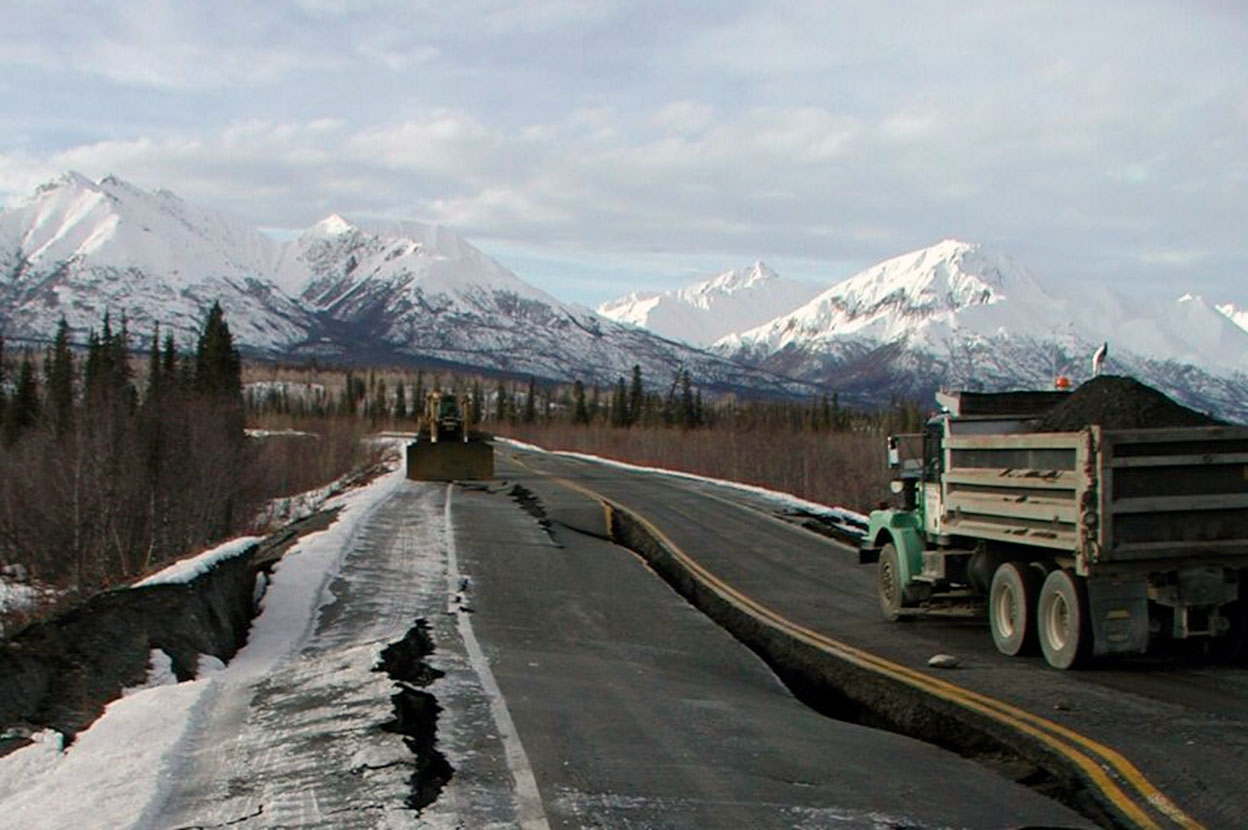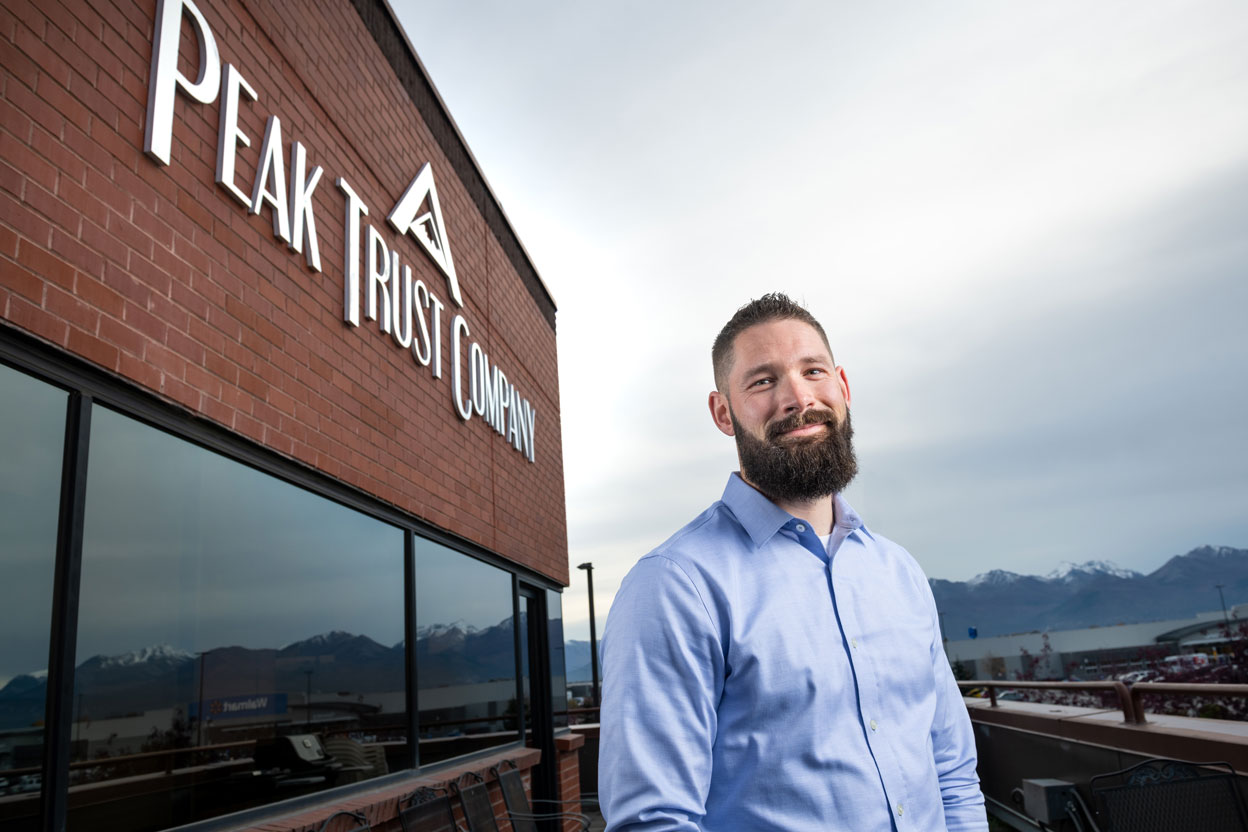Ice research may add up to big savings for a growing industry
by Matt Jardin |
View the slideshow on SmugMug.
(All photos by James Evans, Chief of Photography and Videography, University of Alaska
Anchorage)
Anchorage’s Ted Stevens International Airport is one of the top five busiest cargo airports in the world. Could the Port of Alaska in Anchorage become similar for seaports? It’s possible, as navigating through the Northwest Passage — an Arctic sea route through Alaska and Canada — looks increasingly practical due to melting ice caused by climate change.
Anticipating this increase in northern shipping, UAA professor of structural engineering Scott Hamel, P.E., Ph.D., began researching the determination of ice crushing forces on vertical piles with tidal-accreted ice, which was one of seven UAA research projects selected for the 2020 ConocoPhillips Arctic Science and Engineering Endowment Awards.
Dr. Hamel’s research is focused on how accreted ice — ice buildup between piles of seaports and oil platforms — can act as a wall, greatly increasing the force from incoming floating ice.
“If we know the accreted ice is weaker than the ice floe, the accreted ice will break off and we can reduce the pile size because the pile will ‘look’ smaller to the incoming surface ice,” said Jasmine Langmann, a UAA civil engineering alumna working under Dr. Hamel for her master’s thesis. “Generally you overdesign because you want a factor of safety. But if we're significantly overdesigning things — we can build bridges so perfect they’re never going to fail, but it's going to be so exponentially expensive and there's always a budget.”
To compare the shear strength of accreted ice versus the compressive strength of ice floes, Langmann runs 8-inch cylindrical cores of accreted ice through compression tests and sheared rectangular ice beams. She compares this to the strength of floating sea ice from previous research. Samples were drilled from the Port of Alaska. Variables taken into account in the calculations include the amount of sediment in the ice, its elevation on the pile and its exposure to the sun.
In the future, it’s possible that accreted ice may be counted on to break away, allowing the floating ice to pass between the piles. Currently, piles are designed to withstand 300 psi (pounds per square inch) of pressure acting over the entire accreted width, up to 10 feet. This could be reduced to just the width of the pile. That overdesign represents millions of dollars more effectively spent elsewhere.
For now, Langmann’s findings for Dr. Hamel’s research could prove to be foundational. As interest piques and work begins on utilizing Arctic sea routes — such as ongoing expansions to the Port of Alaska — research on accreted ice is just warming up.
“It's really important to continue to better understand the world around us and how it's changing,” said Langmann. “Right now there’s not a ton of information on accreted ice, so it’s kind of cool thinking that somebody might reference my thesis in their search for knowledge.”
 "Ice research may add up to big savings for a growing industry" is licensed under a Creative Commons Attribution-NonCommercial 4.0 International License.
"Ice research may add up to big savings for a growing industry" is licensed under a Creative Commons Attribution-NonCommercial 4.0 International License.














